How the world wars changed modern medicine
The world wars were cataclysmic events that, while devastating, catalyzed significant advancements in medical science. Before the wars, medical practices were rudimentary, relying heavily on methods developed in the 19th century.
However, the pressing need to treat millions of soldiers quickly and effectively led to innovations that transformed healthcare. These developments not only saved countless lives on the battlefield but also laid the groundwork for modern medical practices that we benefit from today.
The Birth of Battlefield Medicine: Innovations Under Fire
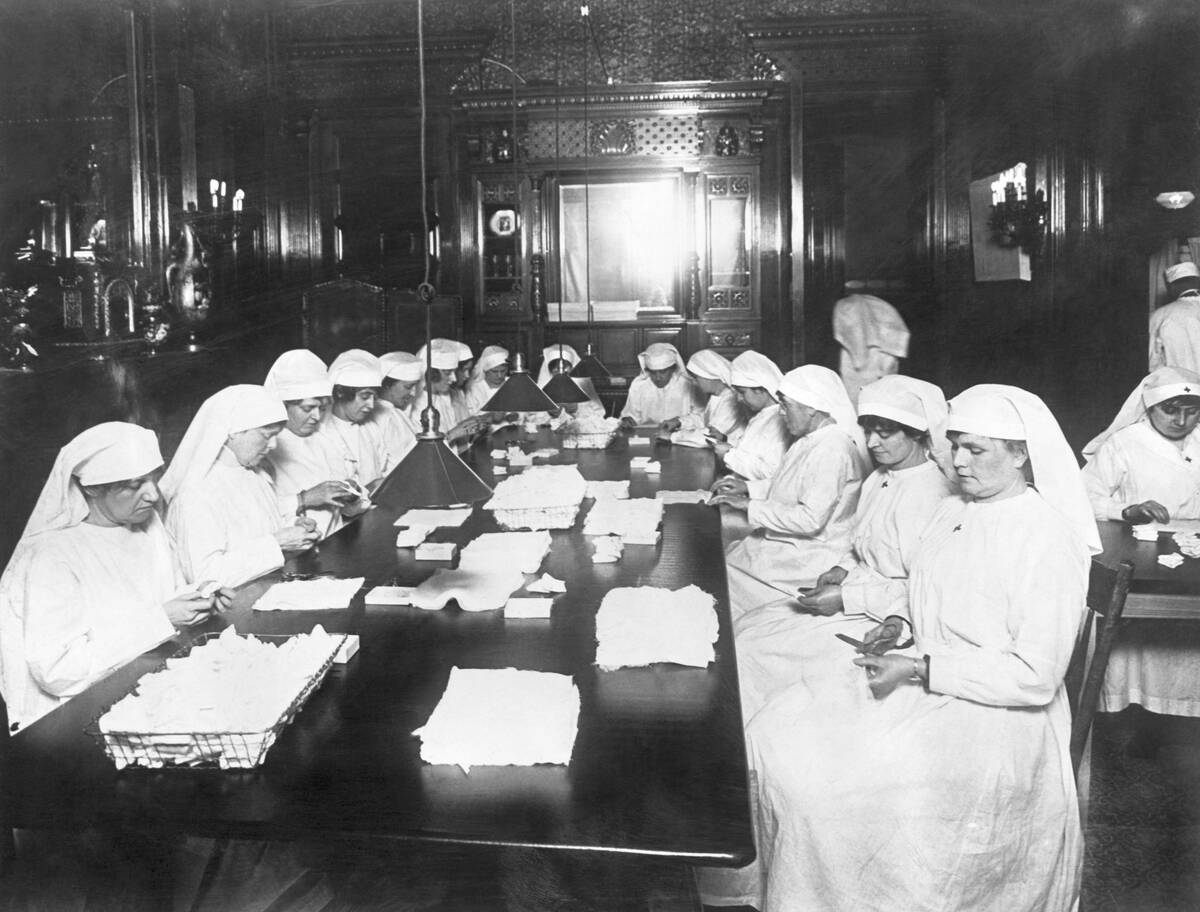
The harsh realities of battlefield conditions necessitated rapid medical innovations. Medics had to work in chaotic and dangerous environments, often with limited supplies. One notable innovation was the introduction of mobile medical units, which allowed for immediate care close to combat zones.
These units were precursors to modern field hospitals and played a crucial role in stabilizing injured soldiers before they were transported to more comprehensive medical facilities.
Trench Warfare and the Surge in Medical Advancements
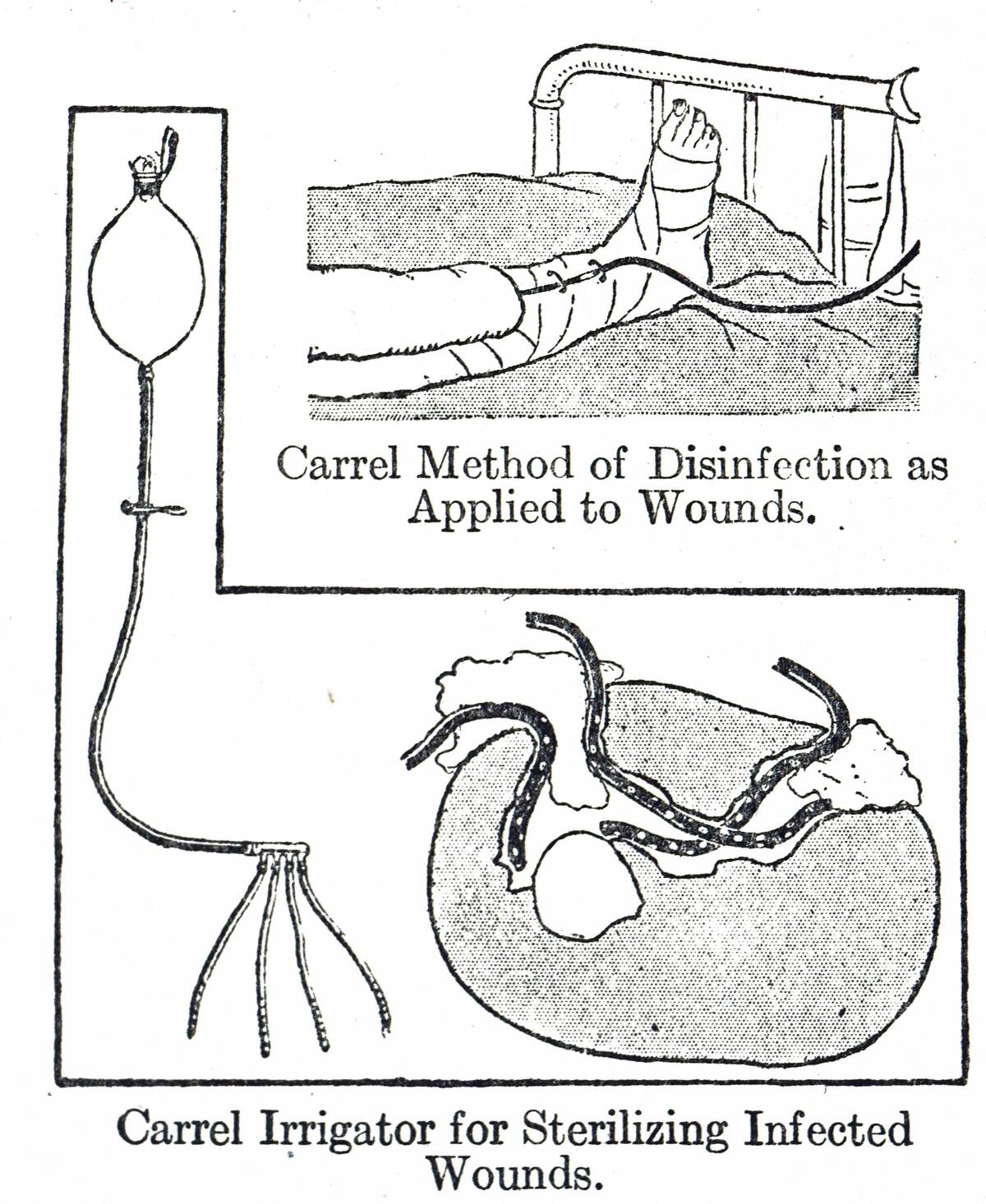
Trench warfare, with its unsanitary conditions, created a breeding ground for infections and diseases. This grim reality pushed medical professionals to devise new techniques to combat these challenges.
One significant advancement was the development of more effective wound cleaning and infection control methods, such as the Carrel–Dakin solution, reducing the incidence of deadly gangrene. Innovations like these were essential in improving survival rates and set the stage for further medical breakthroughs in infection management.
The Rise of Antibiotics: From War Wounds to the Wonder Drug
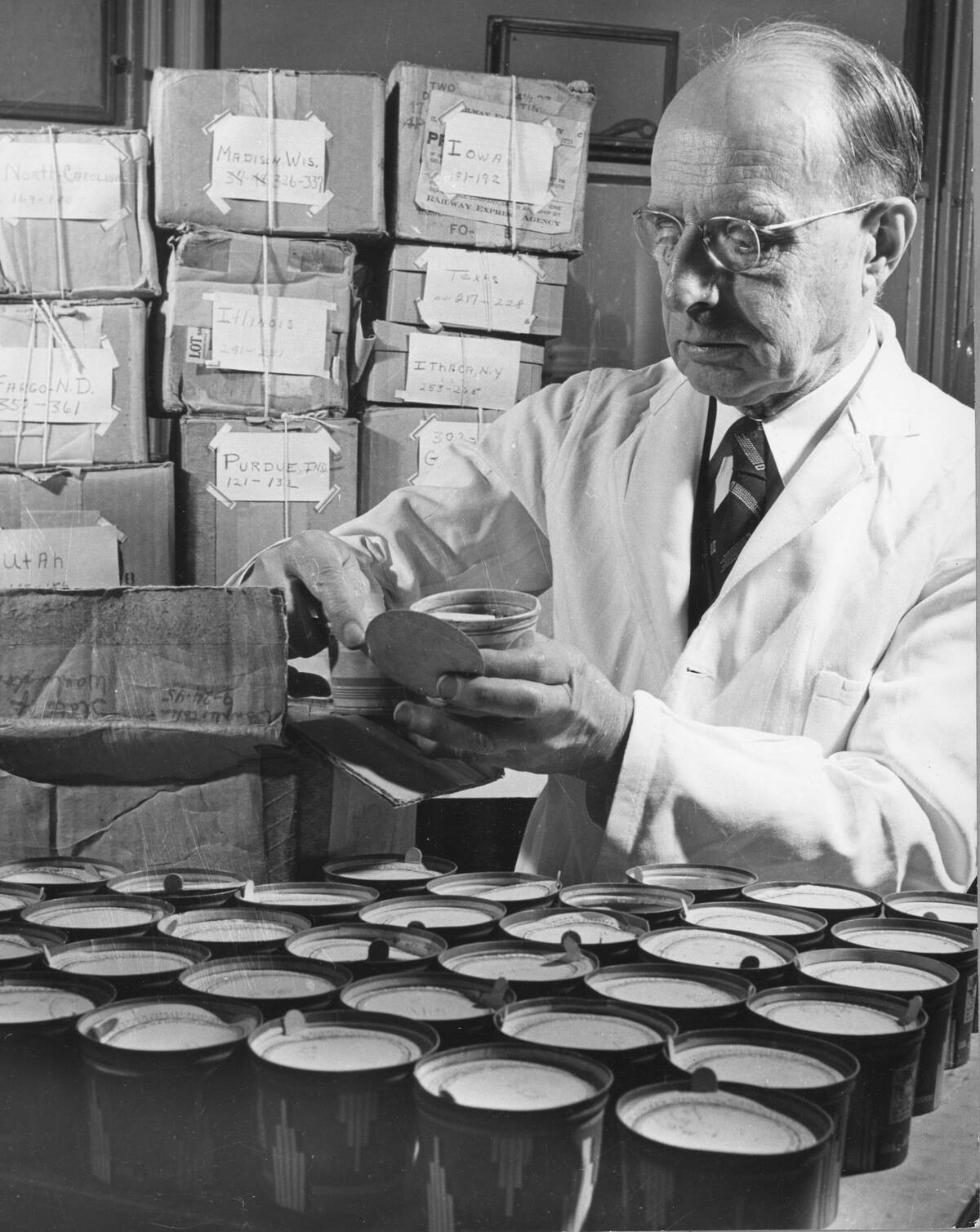
The discovery and mass production of antibiotics during World War II marked a turning point in medicine. Penicillin, famously discovered by Alexander Fleming in 1928, was developed further during the war to treat infections among soldiers.
Its success in reducing mortality rates from infected wounds led to widespread civilian use after the war. This wonder drug revolutionized the treatment of bacterial infections and saved countless lives worldwide.
Blood Banks and Transfusions: A Lifeline Born of Necessity
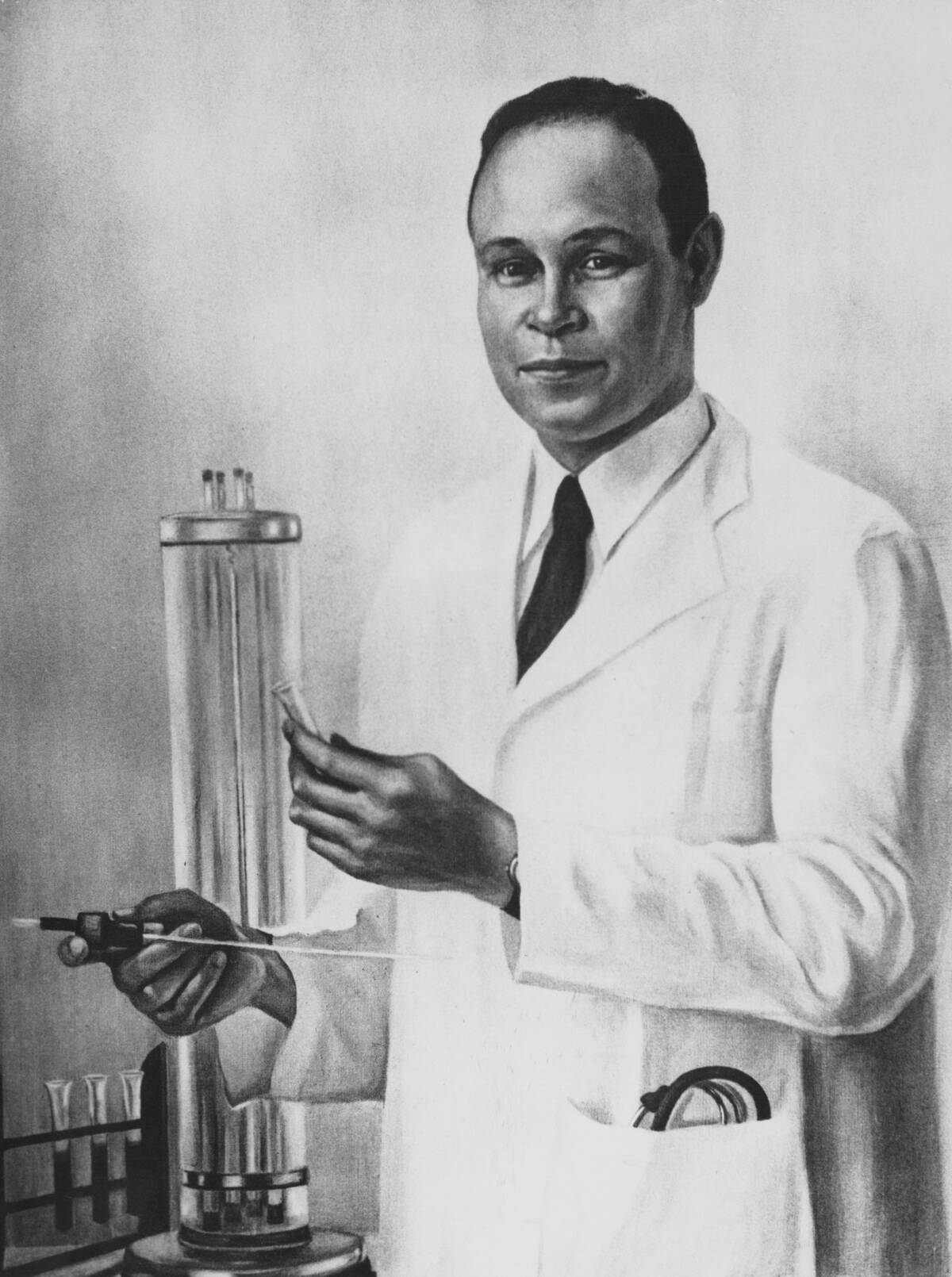
The concept of blood banks emerged as a vital necessity during the wars. With the high number of casualties, there was a dire need for blood transfusions to save lives.
Dr. Charles Drew’s work on blood storage systems and the establishment of the first large-scale blood banks during World War II enabled the preservation and transportation of blood across long distances. This breakthrough has since become a cornerstone of emergency medicine and surgical care.
The Role of X-Rays: Diagnosing on the Frontlines
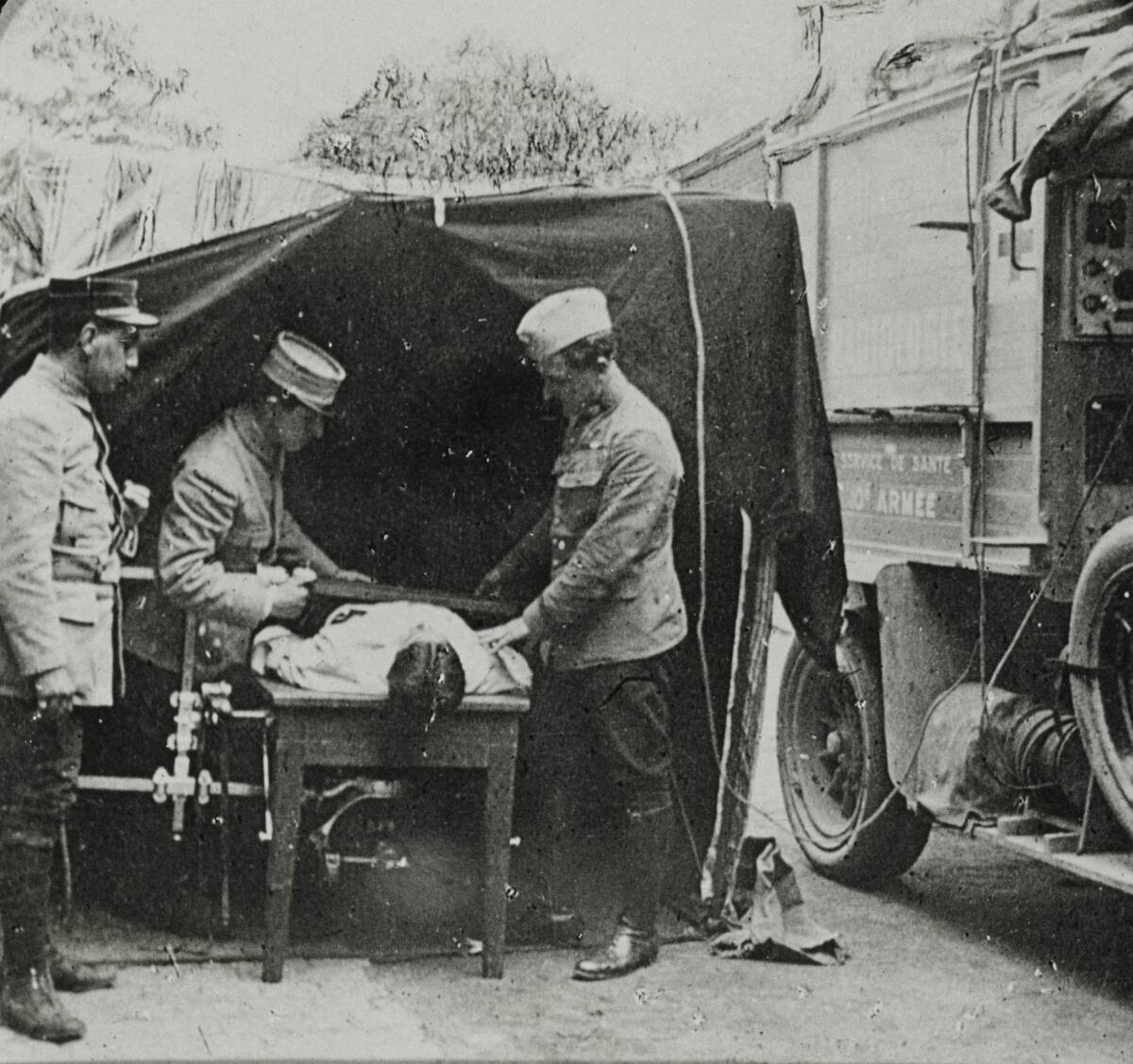
X-rays became an indispensable tool in the diagnosis and treatment of battlefield injuries. Their ability to reveal shrapnel and bullet locations without invasive procedures was revolutionary.
Mobile X-ray units, developed during the wars, allowed for rapid imaging near the front lines, significantly improving surgical outcomes. This advancement not only enhanced military medical care but also paved the way for widespread diagnostic imaging in civilian healthcare.
Surgical Techniques: From Makeshift to Mastery
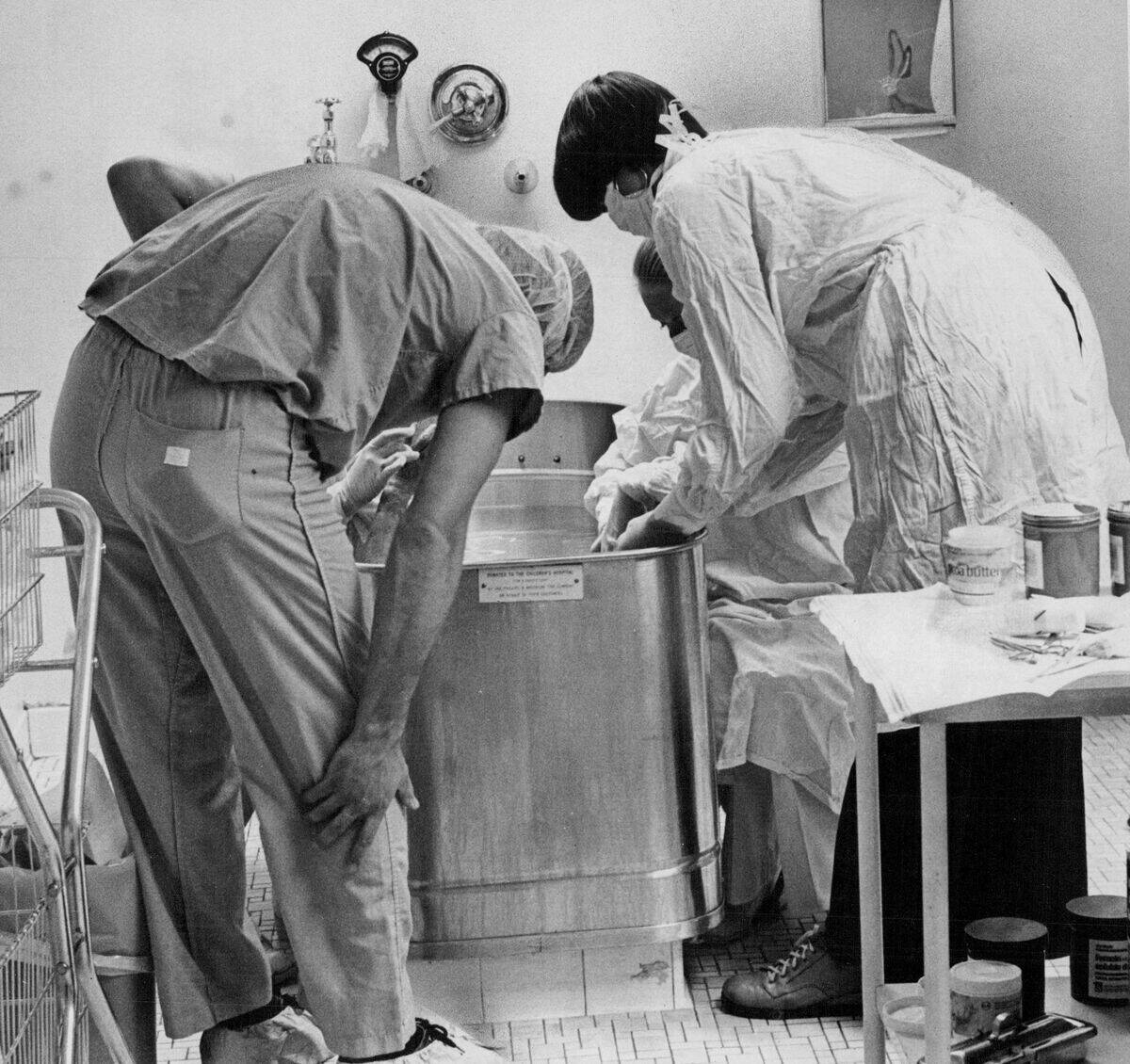
The exigencies of war forced surgeons to evolve their techniques rapidly. Surgeons were often faced with complex injuries that required innovative solutions.
Techniques such as debridement, where dead tissue is removed to prevent infection, became standard practice. The experience gained in these high-pressure environments contributed to the refinement of surgical protocols, influencing how surgeries are performed in peacetime hospitals today.
Plastic Surgery: Reconstructing Lives, One Face at a Time
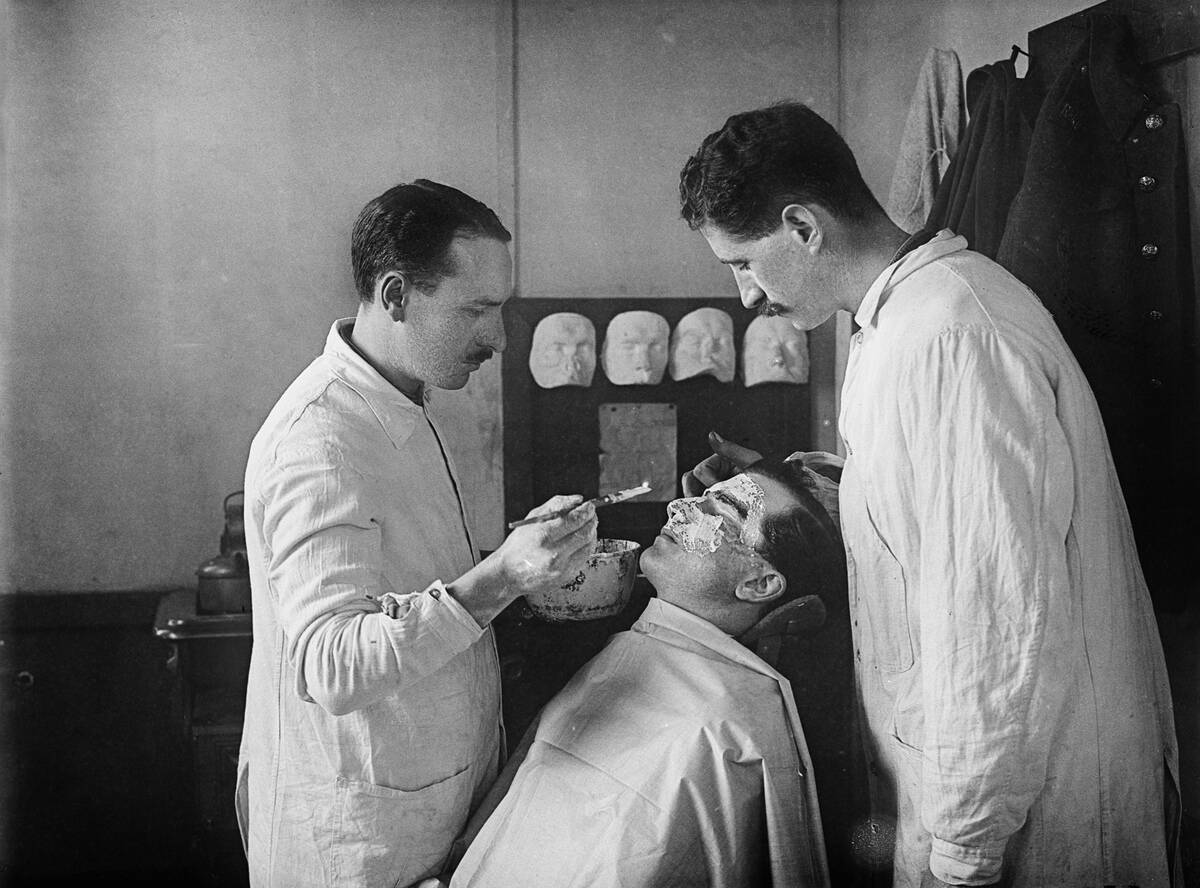
World War I saw the rise of plastic surgery as a means to reconstruct the faces of soldiers disfigured by battle. Pioneers like Harold Gillies developed techniques that laid the foundation for modern reconstructive and aesthetic surgery.
His work on skin grafts and facial reconstruction not only restored physical appearances but also helped veterans reintegrate into society. This field of surgery has since advanced to provide solutions for a wide range of medical and cosmetic needs.
Psychiatry and War: Understanding the Soldier’s Mind
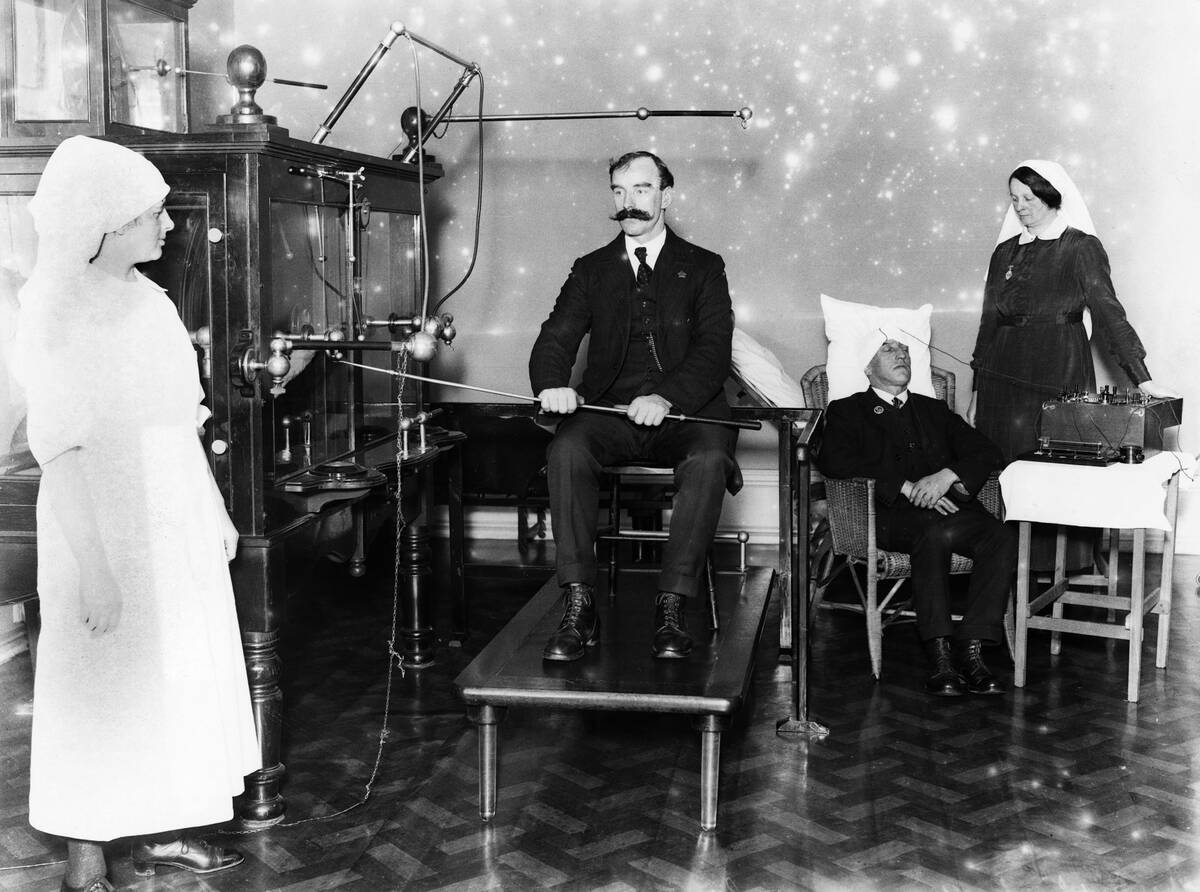
The psychological impact of war brought attention to mental health issues like never before. Conditions such as shell shock, now known as PTSD, were first recognized during World War I.
This awareness led to the development of psychiatric services for soldiers, focusing on both treatment and prevention. The wars highlighted the importance of mental health care, influencing the acceptance and expansion of psychiatric practices in post-war society.
Triage Systems: Prioritizing in the Heat of Battle
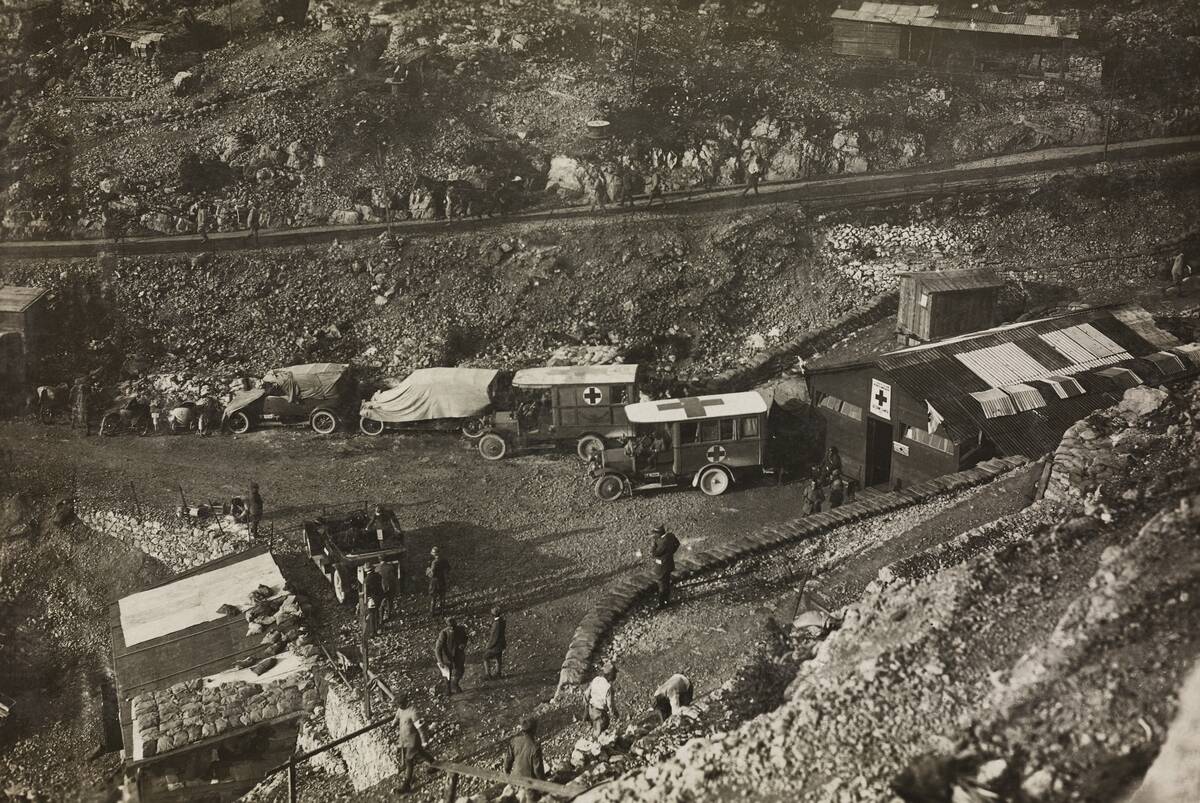
The concept of triage, prioritizing patients based on the severity of their conditions, became essential during the wars. French doctors initially developed this system in World War I to manage the overwhelming number of casualties.
Triage ensured that medical resources were allocated efficiently, saving lives by treating the most critical cases first. This system remains a fundamental principle in emergency medicine and disaster response efforts worldwide.
The Development of Prosthetics: A Leap Towards Mobility
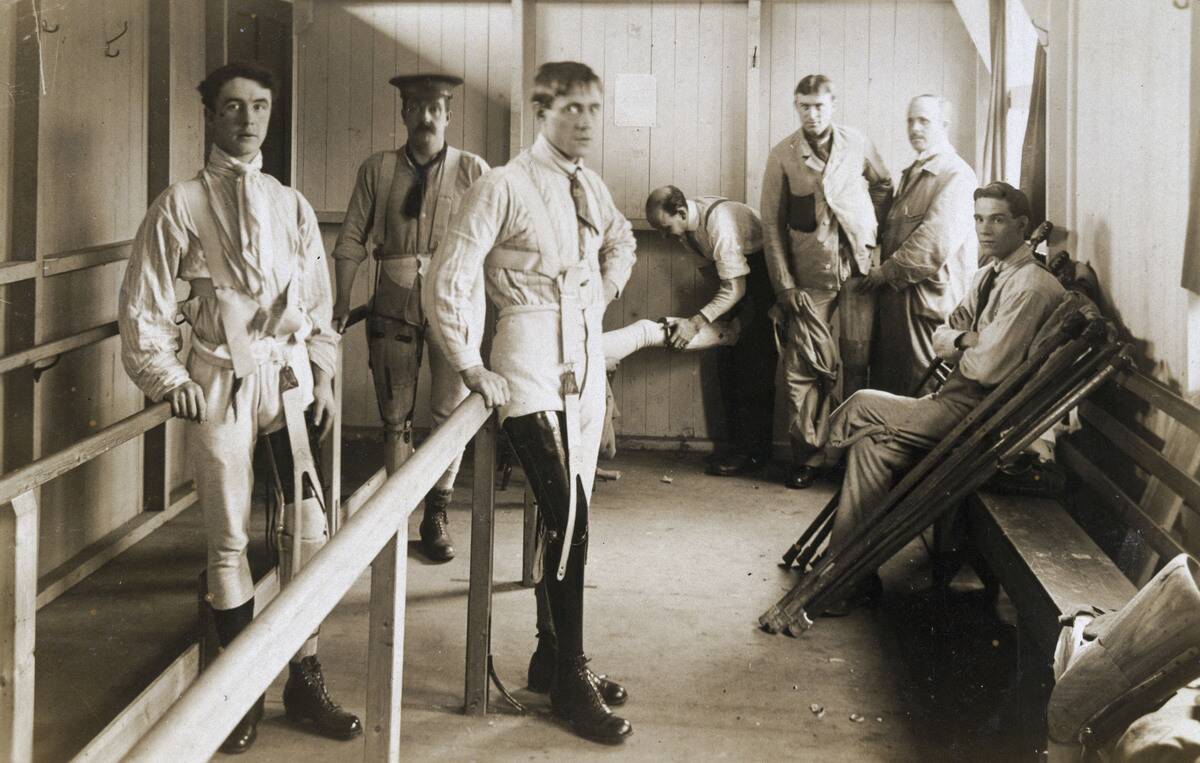
The wars led to significant advancements in prosthetic technology, driven by the need to restore mobility to amputee soldiers. Developments in materials and design resulted in more functional and comfortable prosthetics.
Innovations such as the use of lightweight metals and improved joint mechanisms have greatly enhanced the quality of life for amputees. These advancements have continued to evolve, offering solutions that are both practical and life-transforming.
Vaccinations: Shielding Soldiers and Civilians Alike
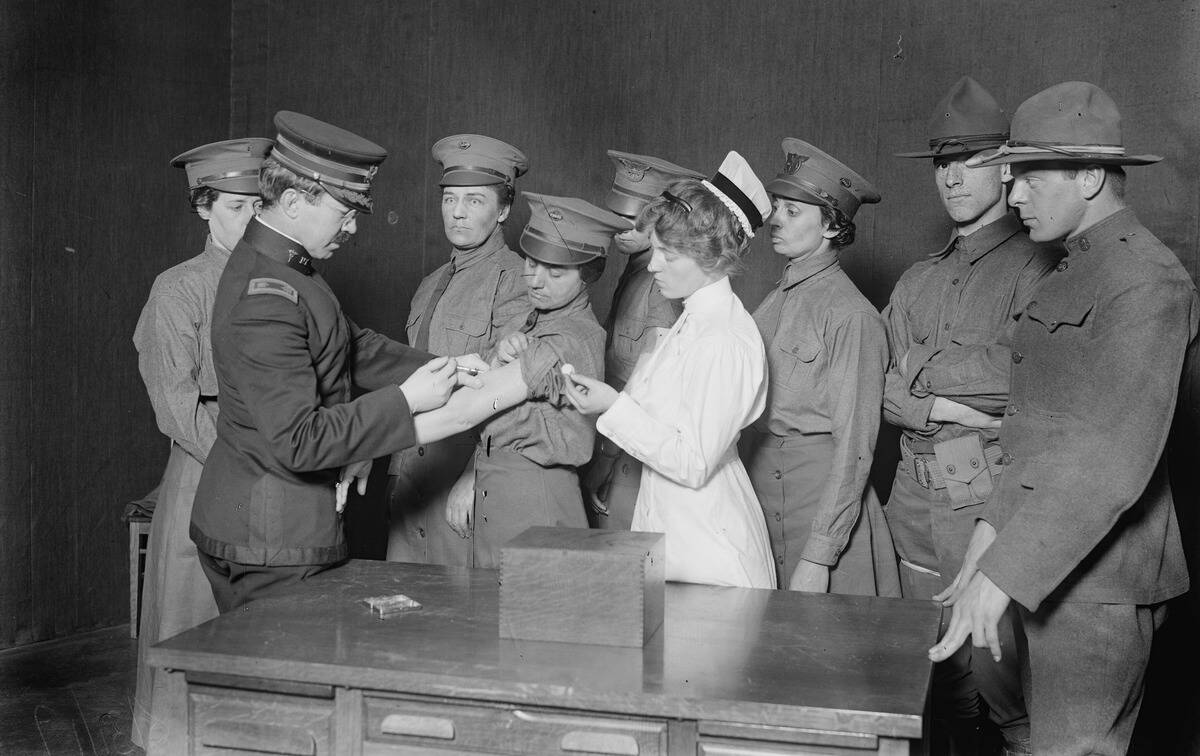
The global movement of troops during the wars posed a significant risk for the spread of infectious diseases. Vaccination programs were implemented to protect soldiers, leading to widespread immunization against diseases like typhoid and influenza.
These efforts not only safeguarded military personnel but also led to improvements in civilian vaccination programs post-war. The success of these initiatives underscored the importance of vaccines in public health.
The Role of Women: Nurses and Pioneers in Medicine
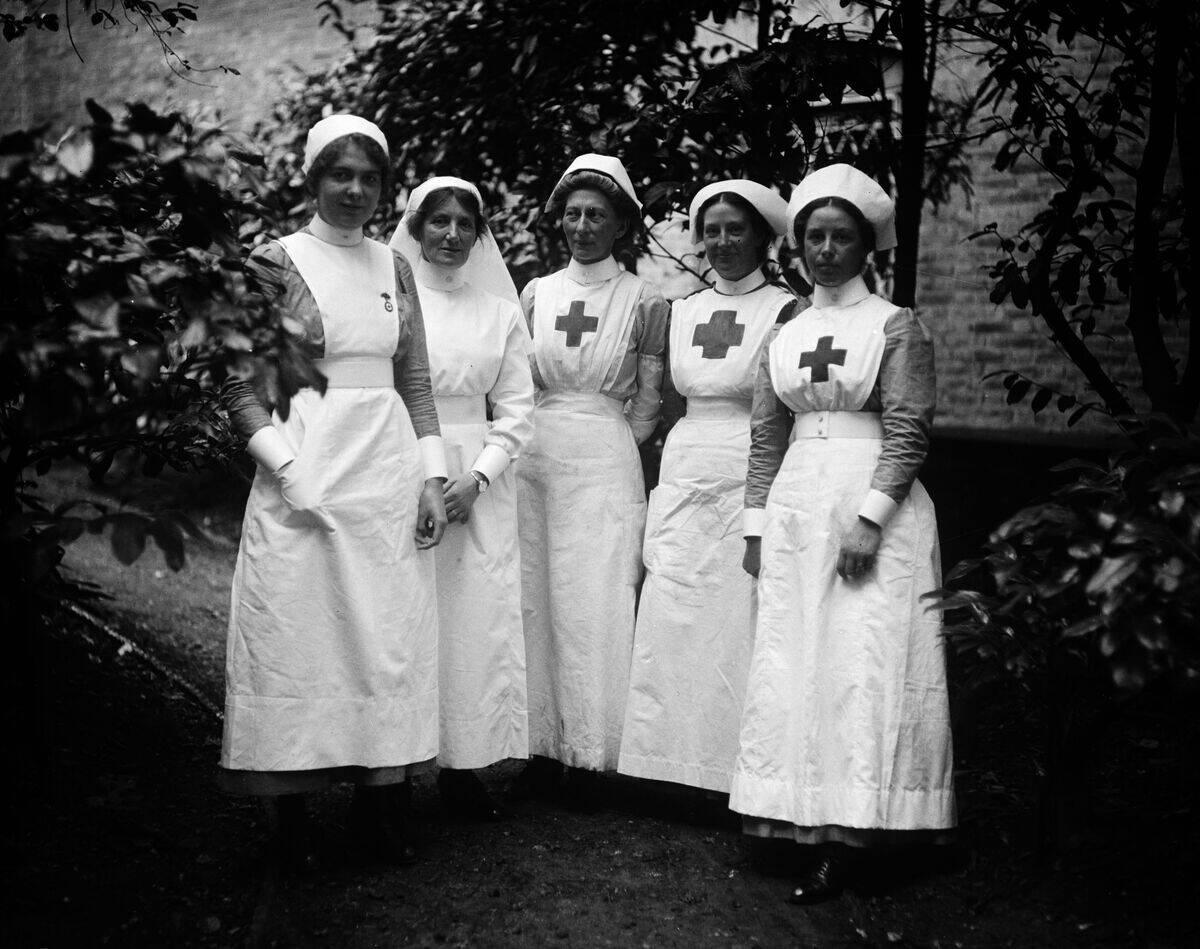
The world wars saw an unprecedented number of women stepping into medical roles, primarily as nurses, due to the vast demand for healthcare workers. Their contributions were crucial in both military and civilian hospitals, often under challenging conditions.
The wars marked a pivotal moment for gender equality in medicine, leading to increased opportunities for women in the field.
Medical Training: The War’s Influence on Education
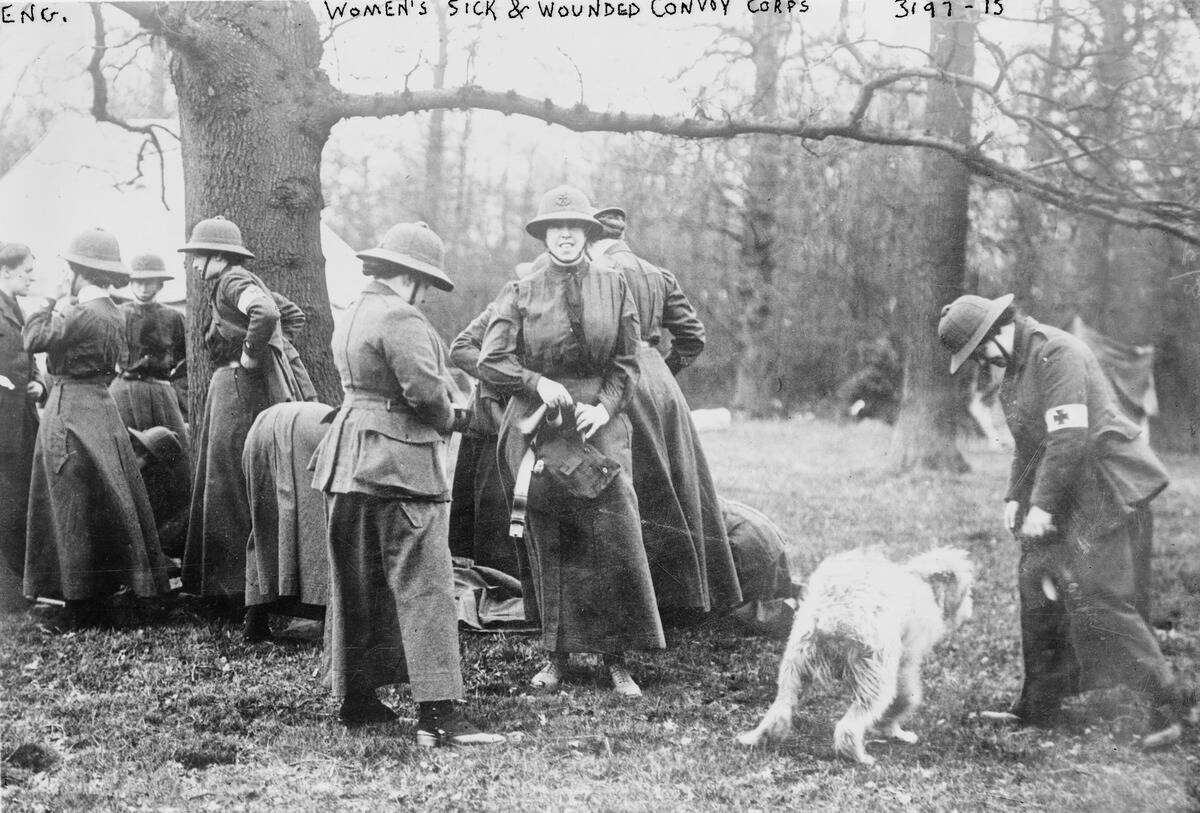
The immense medical demands of the world wars necessitated a rapid overhaul of medical training programs. Accelerated training courses were developed to quickly prepare healthcare professionals for the front lines.
This shift not only ensured that soldiers received timely care but also influenced post-war medical education standards. The focus on practical, hands-on experience and the integration of new medical knowledge continue to shape medical curricula today.
The Technological Revolution: Tools and Techniques Emerge
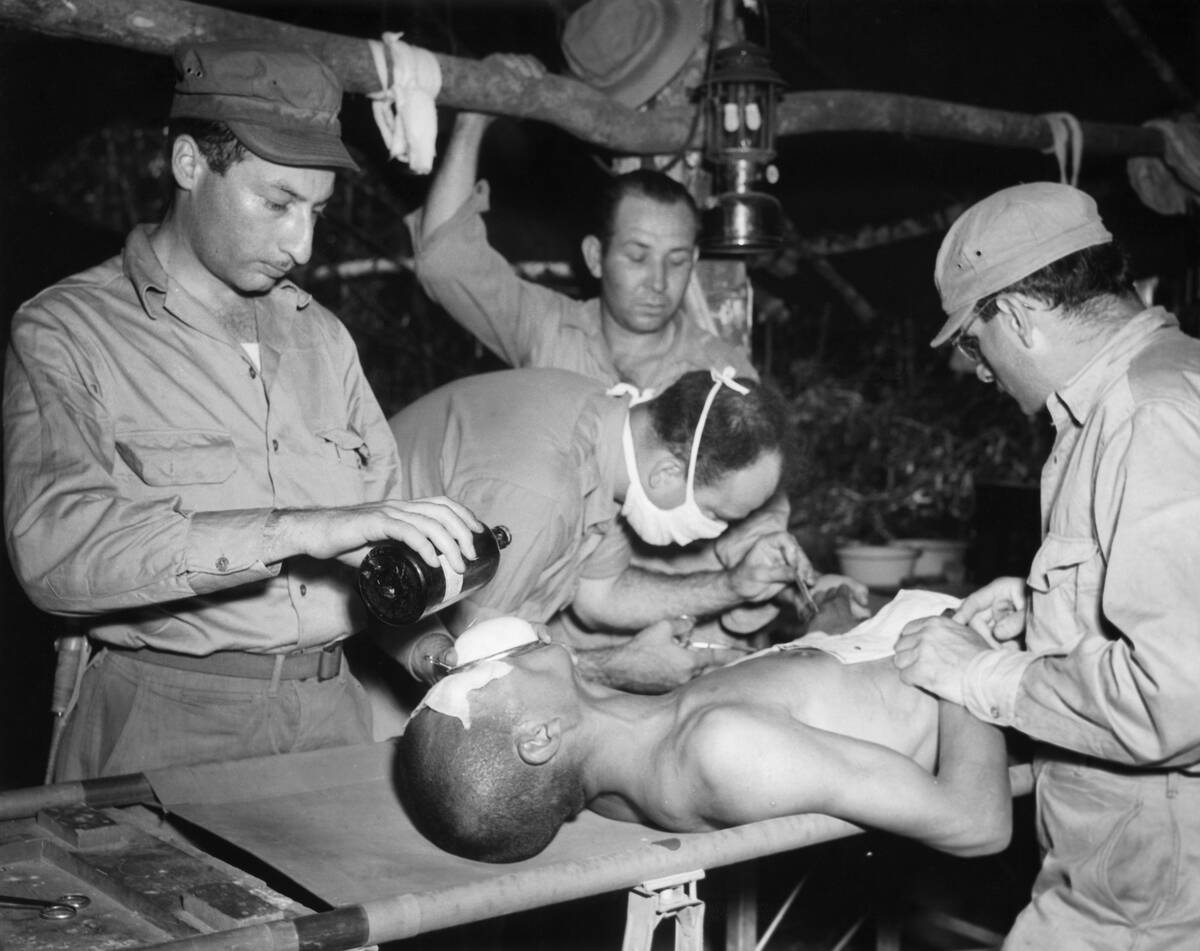
Technological innovation during the wars was not confined to weaponry; medical technology saw parallel advancements. Portable surgical tools, sterilization equipment, and improved diagnostic devices were developed to meet the demands of wartime medicine.
These innovations enhanced the precision and effectiveness of medical care in the field. Many of these tools laid the groundwork for modern medical devices and techniques, revolutionizing healthcare practices in the long term.
Public Health Initiatives: Lessons Learned from the Trenches
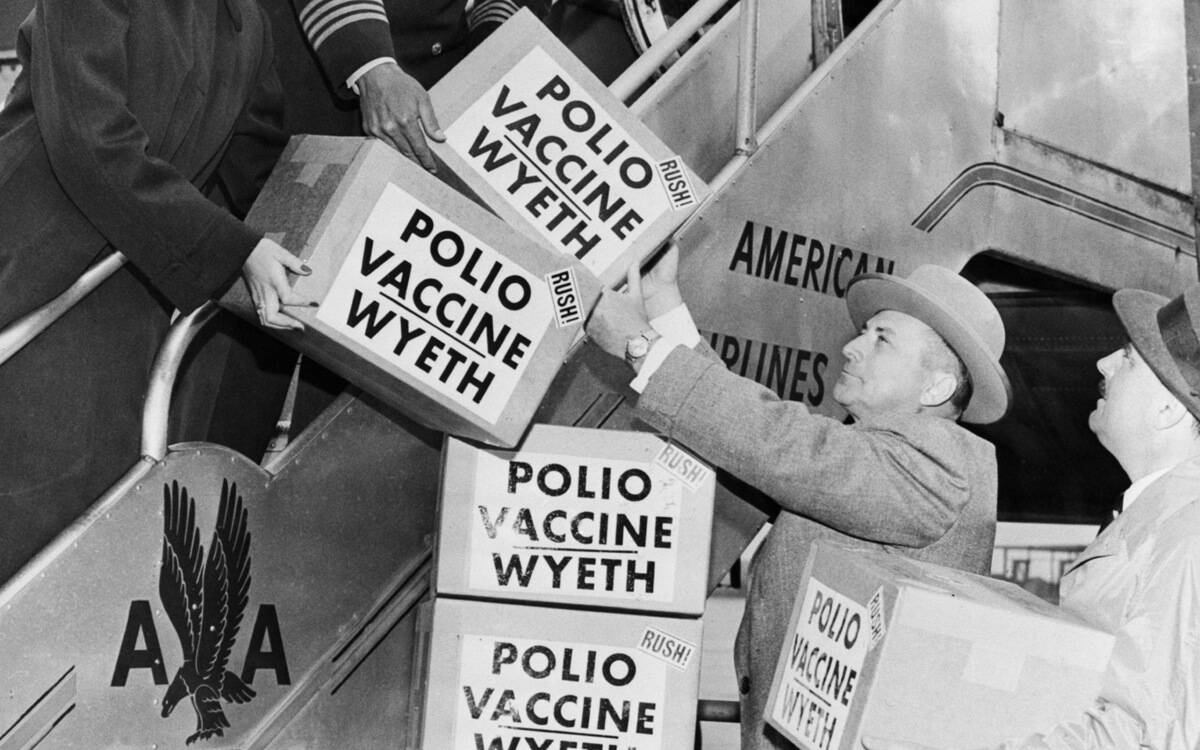
The spread of disease in crowded military camps highlighted the need for robust public health measures. The wars prompted the establishment of sanitation and hygiene protocols that drastically reduced infection rates.
These initiatives informed post-war public health policies, emphasizing the importance of preventive care and disease control. The lessons learned from wartime experiences continue to influence public health strategies, contributing to improved community health outcomes.
Global Collaboration: The War’s Push for Unified Medical Frontiers
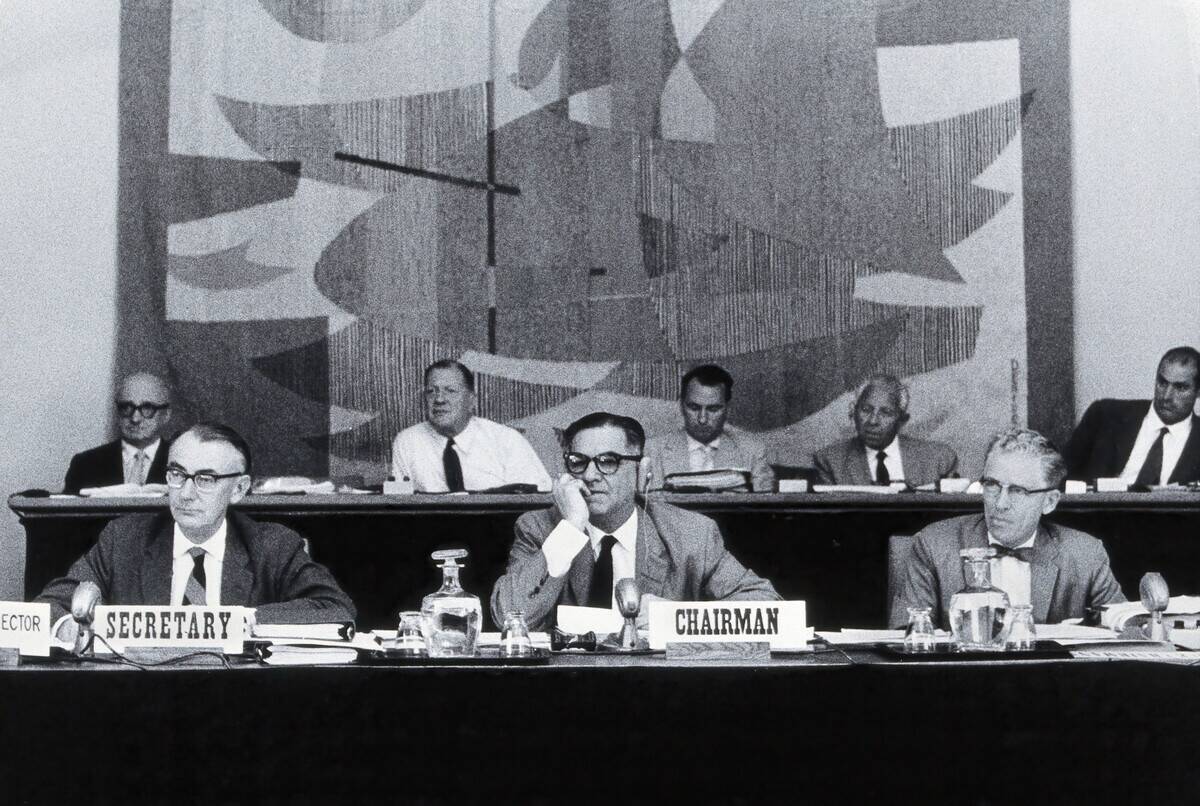
The global scale of the world wars fostered unprecedented medical collaboration across countries. Sharing medical knowledge and resources became essential to address the immense challenges faced.
This cooperation laid the foundation for international health organizations, such as the World Health Organization, established in 1948. The spirit of collaboration cultivated during the wars continues to drive global health initiatives, promoting unity in the pursuit of medical advancements for all.



